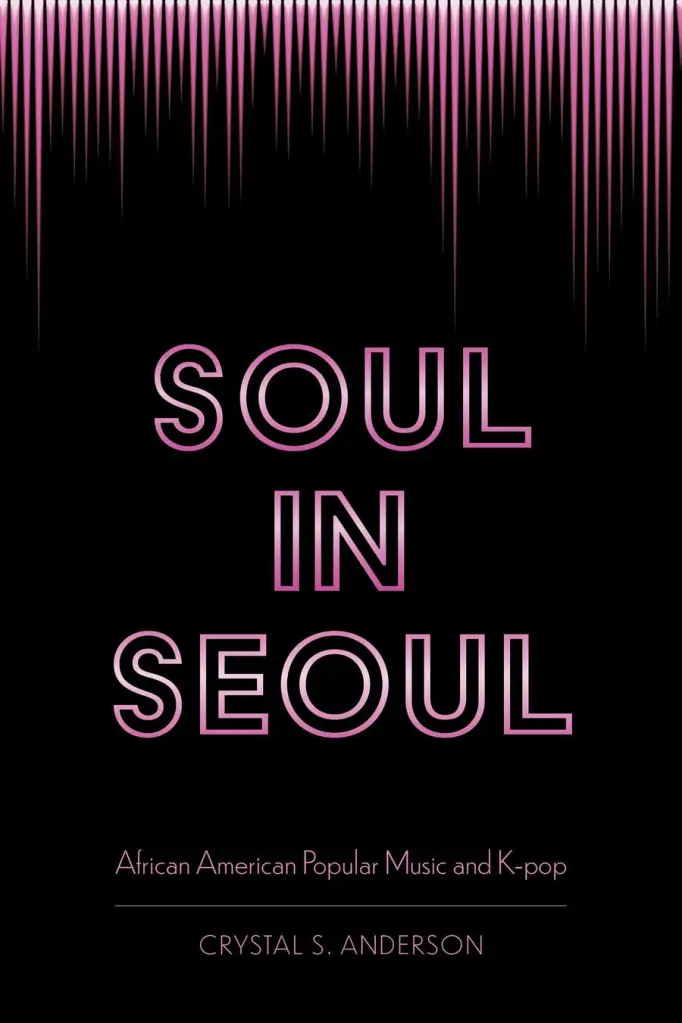Creating student learning outcomes is one of the most difficult part of course design, but spending some time on this up front helps to guide the course and reduce the tendency to second-guess ourselves during the course.
A word about course design. I think that we ascribe a romantic quality to teaching, focusing on the feeling we have when we impact students’ lives. We breeze into class and dazzle them with our copious knowledge. Little light bulbs go on over their heads and they declare us the best. Voila! Learning! However, students really learn best when we structure their learning. Does this mean that there are no spontaneous moments worth of a Hollywood feel-good film? No. Can course design solve all your problems? No. But knowing why you are doing things in your course and envisioning how you want students to learn can improve their learning, reduce your frustration while teaching the course and genuinely improve your enjoyment of teaching.
The Aspirational Outcome
I like to start with an aspirational outcome: what do I wish students would learn or be able to do. My desire to teach this course is rooted in observations of the way black culture is considered in real life. Instead of the reductive way I see black culture engaged (often on social media, which has a wide reach), I want students to recognize the way that black culture has always engaged other cultures as it circulates the globe. I want them to be able to pose meaningful questions that increase our understanding of black culture. I want students to understand that black culture is hybrid, drawing on other cultures even as it is also distinct. This kind of cultural blending is distinctly black, not black always in a racial sense, but in a distinctly cultural one. Because of its inherent hybridity, it invites others to engage and participate. Black culture is also global, carried throughout the globe by the migration of black people. But, it also travels through other mediums and in doing so, it influences the other cultures it encounters. I want students to interact with that kind of black culture. I could do that over several courses with students, but not in a 14-week semester.
The Practical Outcomes
Moving on from the aspirational outcome, I turn my attention to what this looks like on the ground as a student learning outcome, which is how I will measure students’ knowledge or skill by the end of the course. As a faculty developer, I am often met with resistance from some faculty who view student learning outcomes as stifling and unnecessary. I liken student learning outcomes to a destination for a trip. Knowing where you intend to end up does not diminish your enjoyment on the way. But if you are trying to get to a destination, you need to know what the destination is. Nobody wants to ride around with you aimlessly. Similarly, we need to be able to tell students what they get out of taking our course and why they should spend their time on it.
Because they are so central to course design, student learning outcomes can take a while to develop. Remember, more work on the front end means less work on the back end. The more time I spend on them, the less time I have to spend on deciding mid-stream where the class is going. For this course, which is a new prep, it probably took me 2-3 weeks to develop these outcomes.
I also think it is important to note that student learning is not limited by student learning outcomes. They don’t represent the only things students learn in your class; they represent what you will evaluate students on in your course. I want my students to learn lots of other things (which I’ll cover with a subsequent post), but I am assessing students on certain things, on what ends up being a limited about of knowledge in an in-depth way.
These are my outcomes for my Black Internationalism course! By the end of my course, students should be able to:
- Describe various approaches to black internationalism and apply them to black cultural production
- Explain the global impact of and dynamics between black cultural production and the contexts that inform it
- Develop inquiry-based questions that seek to engage the complexity of black culture
- Visualize an inquiry-based approach to black cultural production
A few notes on these outcomes. Notice there are only four. These are outcomes that I think students can reach during the course of my class. Our classes are finite; they run for a few weeks and they are done. So, I am trying to set goals that I think students can reach during the time that I have them. Also we are still in a pandemic, so it is important to be aware of not overloading students when they are, like us, trying to survive.
I’m also more interested in developing strong foundational skills, so I’m less concerned with getting students to the highest level of higher-order thinking skills. I know faculty developers talk about getting students to the top of Bloom’s taxonomy pyramid, but I like using a wheel, which reminds us that students cannot achieve higher-order thinking skills if they don’t master lower-order thinking skills. To me, this makes lower-order thinking skills equally important, as they are the foundation for later learning. For this class, I choose to spend more time getting students to the application level, which to me makes the knowledge and comprehension phases more relevant for my course.
Next post: Aligning student learning outcomes with assignments and assessments (gasp!)

Teaching Black Internationalism, Part 2, or, What Will Students Learn? by Crystal S. Anderson is licensed under a Creative Commons Attribution-NonCommercial 4.0 International License.











